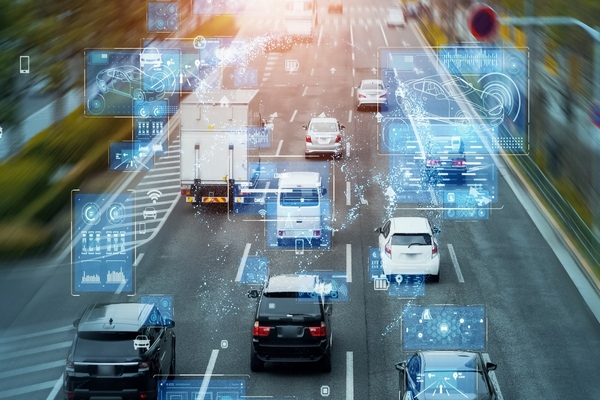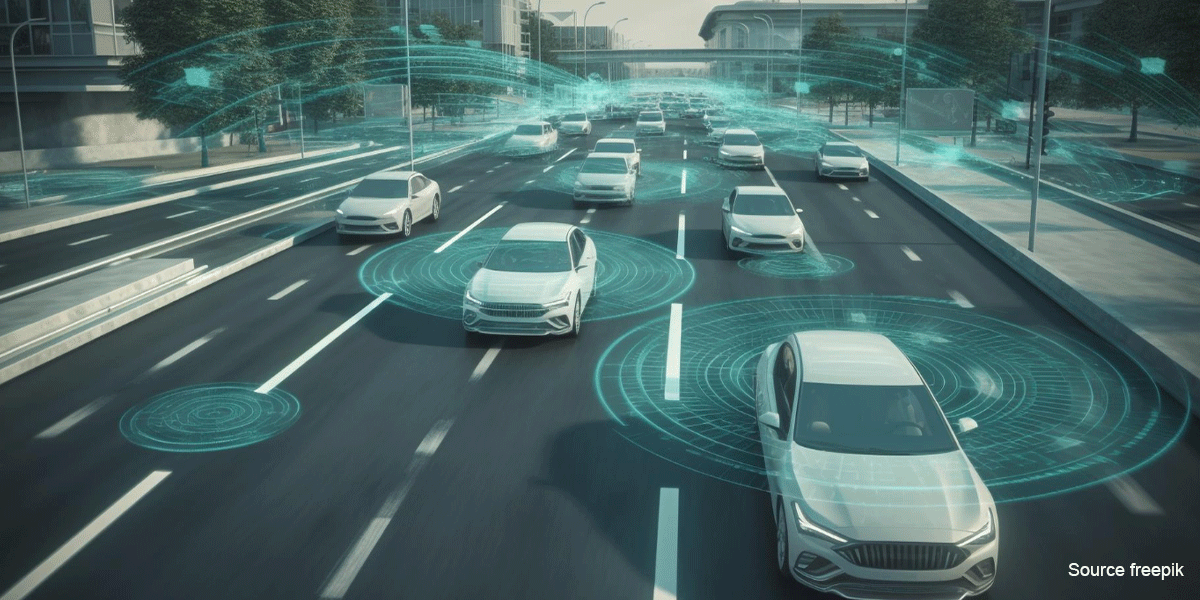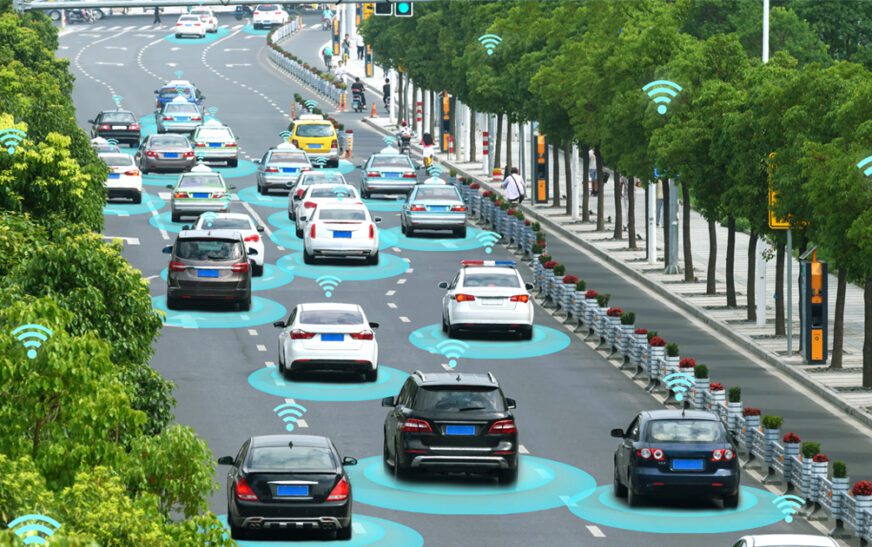Introduction to Smart Transportation Systems

Transportation is at the heart of every bustling city. As populations grow and urban landscapes evolve, the need for efficient, sustainable travel solutions has never been more pressing. Enter smart transportation systems—an innovative approach that harnesses cutting-edge technology to reshape how we navigate our surroundings. This evolution in transportation isn’t just about speed; it’s about enhancing safety, reducing congestion, and improving the quality of life for everyone on the road.
Imagine a world where traffic flows seamlessly thanks to intelligent traffic signals that adapt in real-time or public transport options that arrive precisely when you need them. The transformation is happening now across cities worldwide, as they embrace these technologies to create smarter environments. Join us as we explore what makes these systems so revolutionary and why their evolution matters not only for commuters but also for future generations.
Benefits of Smart Transportation Systems

Smart transportation systems offer a myriad of advantages that can transform urban mobility. One major benefit is enhanced efficiency. Real-time data allows for optimized traffic flow, reducing congestion and travel times.
Safety is another significant factor. Intelligent monitoring systems can detect accidents or hazardous conditions, alerting drivers and emergency services promptly. This proactive approach ultimately saves lives.
Environmental impact also sees improvement through smart transportation. By promoting the use of public transit and optimizing routes, these systems help reduce emissions and fuel consumption.
Additionally, user experience is elevated with integrated mobile apps providing instant access to information on schedules, routes, and available modes of transport. Riders gain greater control over their journeys.
Economic benefits emerge as cities invest in intelligent infrastructure. Job creation in tech sectors flourishes alongside improved productivity due to reduced delays in commuting times.
The Role of Technology in the Evolution of Transportation

Technology has transformed the way we navigate our world. From simple road signs to complex algorithms, advancements have redefined transportation.
Smart sensors embedded in infrastructure gather data on traffic patterns. This information helps optimize flow and reduce congestion. Cities now rely on real-time analytics for decision-making.
Mobile applications have revolutionized how people plan their journeys. Riders can view transit schedules, book rideshares, or find bike routes with ease.
Electric vehicles are another game-changer in this evolution. They promise not only efficiency but also a reduction in carbon emissions—a crucial factor for urban sustainability.
Autonomous vehicles are pushing boundaries even further, challenging traditional norms of driving and safety protocols. As these technologies advance, they pave the way for new possibilities in transportation networks worldwide.
Technology fosters connectivity while reshaping urban landscapes into smarter environments tailored for all users.
Case Studies: Cities implementing Smart Transportation Systems
Various cities worldwide are leading the charge in smart transportation systems, each with unique approaches and successes.
Barcelona has integrated IoT sensors throughout its public transit network. This innovation allows real-time tracking of buses and trams, significantly reducing wait times for commuters. A user-friendly app keeps citizens informed about schedules and delays.
In Singapore, an advanced traffic management system uses AI to optimize traffic flow. The city employs a comprehensive network of cameras and sensors to monitor congestion levels continuously. This data-driven approach helps adjust traffic signals dynamically, enhancing travel efficiency.
Meanwhile, Los Angeles is focusing on multi-modal transport options by creating dedicated bike lanes alongside traditional vehicle routes. The initiative encourages cycling as a viable alternative while improving air quality in urban areas.
These case studies illustrate how various strategies can foster smarter transportation solutions tailored to each city’s needs, showcasing innovations that other municipalities may soon emulate.
Challenges and Solutions to Implementing Smart Transportation Systems
Implementing smart transportation systems comes with its own set of challenges. One major hurdle is the integration of various technologies and platforms. Different cities may use incompatible systems, making collaboration difficult.
Funding is another significant issue. Many municipalities struggle to allocate budgets for advanced technology when basic infrastructure still needs attention. This can stall progress in developing smarter networks.
Data privacy concerns also play a role. Citizens often worry about surveillance and how their data will be used. Addressing these fears is crucial for gaining public trust.
Collaboration among stakeholders can lead to effective solutions. Engaging community members in the planning process fosters transparency and helps identify local needs.
Investments in training are essential too; equipping staff with necessary skills ensures smooth operation and maintenance of new systems while adapting to evolving tech landscapes enhances resilience across urban environments.
The Future of Smart Transportation and its Impact on Society
The future of smart transportation holds immense potential for reshaping urban landscapes. As cities become more interconnected, mobility solutions will evolve into seamless networks.
Imagine a world where traffic lights communicate with vehicles, optimizing flow and reducing congestion. This technology could lead to shorter commutes and fewer emissions, benefiting the environment.
Public transportation systems will also transform. Real-time data can inform users about schedules and delays, enhancing the overall experience. Riders may choose their routes based on live updates rather than fixed timetables.
Moreover, autonomous vehicles are set to revolutionize personal travel. They promise safer roads by minimizing human error while providing greater accessibility for those unable to drive.
As these advancements unfold, social equity must remain a priority. Ensuring that all communities benefit from smart transportation technologies is crucial for fostering inclusivity in our increasingly digital society.
Conclusion
The evolution of smart transportation systems represents a significant shift in how we navigate our cities and regions. As technology advances, these systems continue to adapt, enhancing efficiency and sustainability. The benefits—reduced congestion, lower emissions, improved safety—are compelling reasons for cities to invest in such innovations.
Cities around the world are leading the charge with impressive case studies showcasing successful implementations. From real-time traffic management in Singapore to autonomous shuttle services in San Francisco, these examples highlight what is possible when technology meets transit planning.
However, challenges remain. Funding issues, data privacy concerns, and infrastructure limitations must be addressed for widespread adoption. Stakeholders need collaborative solutions that prioritize both innovation and public interest.
Looking ahead, the future of smart transportation holds immense promise. It has the potential to reshape urban mobility entirely while fostering community connectivity. As society embraces this evolution, we can expect transformative changes that make our daily commutes more efficient and enjoyable.
Smart transportation isn’t just about getting from point A to B; it’s about creating smarter environments where people thrive alongside technology.










